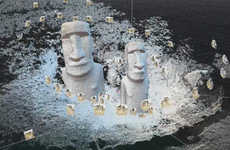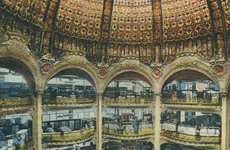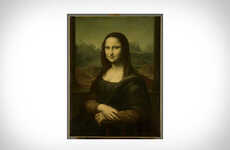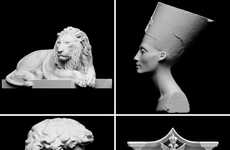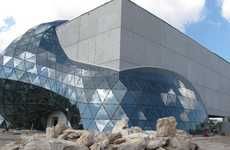
Dassault Systèmes Presents Paris 3D to Cover 2,000 Years of Cu
References: paris.3ds & holykaw.alltop
Imagine being transported back to the Roman Conquest, the Marie Antoinette era or the building of the Eiffel Tower. Dassault Systèmes has created a one-stop website where one can view the architecture and structure of the City of Lights. The Paris 3D site allows users to get a closer look and better historical understanding of the beloved city. This new age production of historical information is re-enforcing the idea of a broader, more technological influenced era we are living in.
Referred to as a "living kind of world," this idea of Paris 3D gives archeologists the chance to enhance the Parisian culture and show it to modern viewers on a more conventional platform. Around 2,000 years of Parisian history is now at the fingertips of any Internet user.
Referred to as a "living kind of world," this idea of Paris 3D gives archeologists the chance to enhance the Parisian culture and show it to modern viewers on a more conventional platform. Around 2,000 years of Parisian history is now at the fingertips of any Internet user.
Trend Themes
1. Virtual Historical Tours - The success of the Paris 3D site suggests that there is potential for other historical tours to digitize and offer virtual experiences, generating new revenue streams.
2. 3D Technology Integration - The use of 3D technology is not only transforming the gaming and entertainment industry, but also has the potential to revolutionize the way we learn and experience history.
3. Augmented Reality Museums - The rise of augmented reality technology presents an opportunity for museums to create interactive exhibits and immersive experiences that engage and educate visitors in innovative ways.
Industry Implications
1. Tourism - By leveraging 3D technology, the tourism industry can offer unique and immersive experiences that attract visitors and differentiate from competitors.
2. Education - 3D historical tours and virtual reality experiences can enhance the learning experience by providing students with a more engaging and interactive way to understand history.
3. Museums - Augmented reality and 3D technology can help museums create more compelling exhibits and attract a wider audience, including younger generations who seek interactive experiences.
1.9
Score
Popularity
Activity
Freshness


